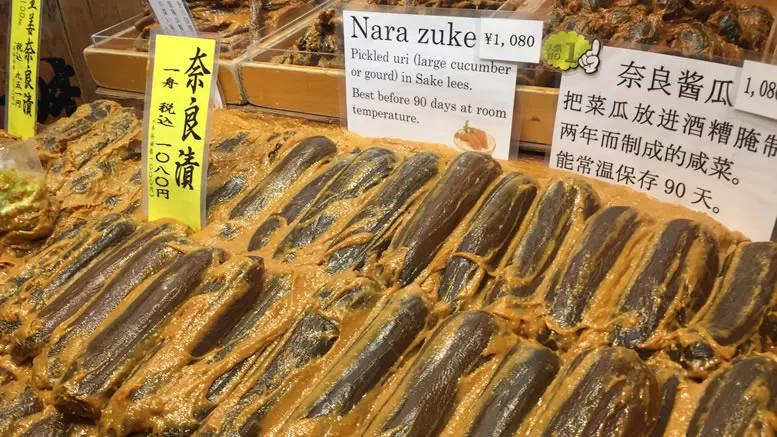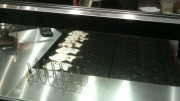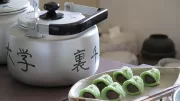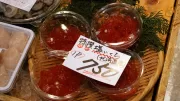In Japan, pickling isn’t just a method of preservation – it’s an art form, often honed over centuries. And one of the most unique examples is Narazuke (also spelt Nara-zuke): a distinctive type of Japanese pickle that has been soaked in sake lees (the residual yeast from sake production) for months or even years, developing a complex, deep flavour quite unlike any other.

Narazuke originates from – you guessed it – Nara, Japan’s ancient capital and one of the country’s cultural heartlands. These pickles are typically made using white melon (shirouri), cucumber, daikon radish, ginger, or other firm vegetables. What makes them special is the lengthy fermentation process. The vegetables are buried in sake kasu (sake lees), and over time they absorb the flavour and aroma of the sake, resulting in a rich, slightly sweet and pungent profile. Some varieties are aged for up to two years, giving them an intense, almost boozy taste that’s not for the faint-hearted.
The end result? A sticky, dark brown pickle with a sweet-savoury punch and a very noticeable alcohol fragrance. It’s typically sliced thin and served alongside plain rice, with grilled fish, or as part of a traditional kaiseki meal. You’ll find it sold in markets, department stores, and souvenir shops in Nara and Kyoto, often beautifully wrapped as a regional gift.
Narazuke isn’t everyone’s cup of tea. The strong sake aroma and chewy texture can be quite surprising to the uninitiated, but for many, it’s a beloved old-school delicacy and a nostalgic taste of traditional Japanese cuisine. If you’re visiting Nara or browsing a Japanese market and come across these dark brown pickles – give them a try. Just remember, they pair best with simple food and a nice cup of tea… or perhaps a little sake.




